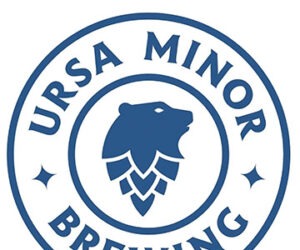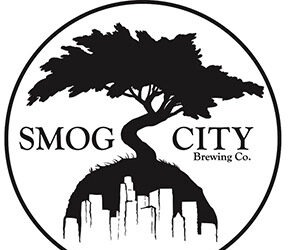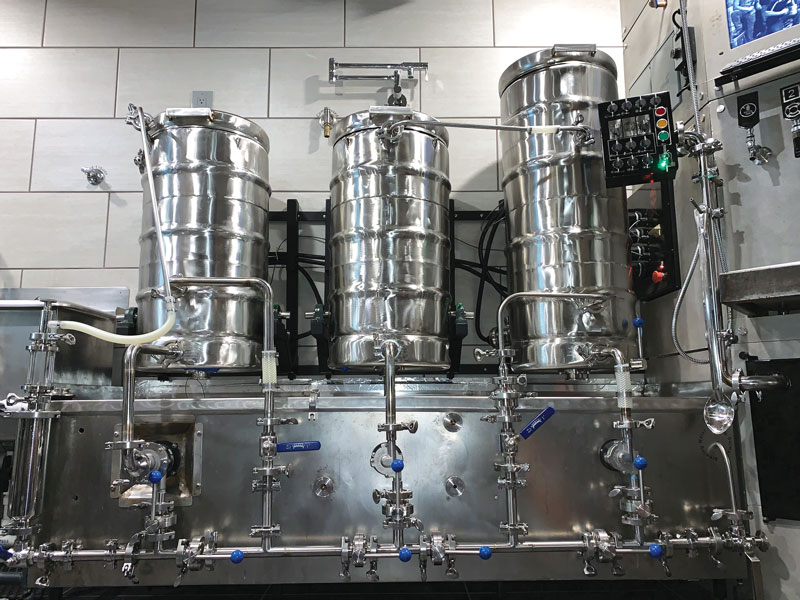Working Draft Beer Co.
Dear Replicator, I am very particular when it comes to helles. After visiting Germany and drinking the best helles beers in the world, one tends to be very disappointed when coming back to the States and tasting what breweries call a helles. I had not found a true helles until friends took my wife and me to Working Draft for the first time. I saw on the menu that they offered a helles. I was reluctant to order it because I didn’t want to be disappointed again. However, our friends convinced me and as I went in to take my first sip . . . OH . . . MY . . . GOD! The brewer at this brewery has done it right! I was told that I drank this half liter in less than five minutes. I would love to be able to brew this impeccable beer and have it on tap for myself while waiting for Working Draft to brew this seasonal beer again.
Mark A. Ingerman
Belvidere, Illinois

One of the joys of running a small craft brewery is having a passionate fan base — a fan base that is often quite vocal, communal, and eager to interact. Mark’s wonderful email (which was much longer before we edited it for space) went on to describe getting the opportunity to meet Clint Lohman, Head Brewer at Working Draft Beer Company in Madison, Wisconsin. It’s an experience that many, both inside and outside the industry, can no doubt relate to, having perhaps experienced some version of it themselves.
“Ten minutes later, Clint Lohman walked over,” Mark wrote to us. “What an awesome person! I told him my helles experience and informed him I was a homebrewer for many years. He invited me over to the actual brewery section of the building.” There in the brewery, Clint offered an experience that may as well be ritual for many craft beer enthusiasts. “He poured me a doppelbock straight from the bright tank that wasn’t being offered to the patrons yet or even on the menu. What an unforgettable experience!”
An explanation for why craft beer remains so accessible, humble, and grassroots is that a large number of brewers active today had their origins in the homebrewing scene of the past few decades. The modern craft beer phenomenon, after all, is still quite young, relatively speaking.
Working Draft began with a group of homebrewers who all worked together at a local homebrew shop, explains Lohman. But what first started as a plan for a garage brewery evolved into something much more substantial when they secured a former pasta maker’s space in 2018. The timing proved perfect, as they identified what they felt was an absence in Madison’s craft beer scene.
“At the time there were a lot of breweries making great American-style IPAs in Madison, so we saw a gap in the market there,” says Lohman. “My passion for European-style lagers was growing and I had just come from a brewery run by Wisconsin lager-brewing legend, Kirby Nelson. So, we set out to make a brewery that could make exceptional modern hoppy ales as well as world-class Euro-style lagers.”
The brewery has maintained that focus over the last seven years, but Lohman says they’ve witnessed a steady increase in interest in their lager portfolio.
“We’re seeking to produce better and better lagers, beers that taste like you’re sitting in a German beer hall or Czech pub.”
As the industry changes, Working Draft has prioritized refinement over novelty, brewing larger quantities of fewer brands. “I think the days of always selling new things all the time are slowly dying down,” Lohman says. “There are still people who always want something new, but I think COVID made people be a little more careful with their dollars and in turn they become more loyal to the beers they know and love.”
According to Lohman, this trajectory lines up perfectly with their growing lager program. The focus now, he says, is to simply create a handful of solid, balanced, consistent lagers that people can turn to time and time again.
Working Draft’s helles, Keep ‘Em Honest, speaks to the brewing philosophy behind the beer. “The name is a reference to the fact that pale lager is a great litmus test for how much a brewery has their s**t together,” says Lohman. “I hear it said by every beer person that you should always try a brewery’s pale lager first to get a sense of how clean of an operation they run, because there’s nothing in these beers to cover up or hide any flaws in the process,” Lohman says.
Since its 2019 debut, the basic recipe for Keep ‘Em Honest has remained largely unchanged. Instead, improvements have come through process adjustments — pH modifications and refined cellaring practices. “That’s sort of why I love brewing lager,” Lohman says. “The recipes are super simple. It’s all the process stuff that really dictates how the beer turns out in the end.”
While Working Draft’s brewhouse lacks decoction capabilities (hence the small addition of melanoidin malt to mimic that character), Lohman emphasizes that the perfect helles should showcase “complex malt character that is solely from Pilsner malts with minimal specialty malt character.”
For Working Draft, the path forward is to look backward, focusing on perfecting classic beers rather than chasing trends. For homebrewers looking to elevate their lager game, Working Draft’s approach offers a reliable roadmap: Start simple, focus on process, and keep it honest.
Working Draft Beer Co.’s Keep ‘Em Honest clone

(5 gallons/19 L, all-grain)
OG = 1.048 FG = 1.010
IBU = 20 SRM = 3 ABV = 4.9%
Ingredients
9.6 lbs. (4.4 kg) Weyermann Floor-Malted Bohemian Pilsner malt
1.6 oz (45 g) Weyermann melanoidin malt
4.5 AAU Hallertau Mittelfrüh hops (60 min.) (0.9 oz./25 g at 5% alpha acids)
0.75 oz (21 g) Hallertau Mittelfrüh hops (5 min.)
Wyeast 2308 (Munich Lager), White Labs WLP838 (Southern German Lager), or SafLager W-34/70 yeast
¾ cup corn sugar (if priming)
Step by Step
Start with reverse osmosis or carbon-filtered water. Add brewing salts as needed for a light, malt-forward profile. While decoction mashing would be traditional and is encouraged if you have the capability, the small addition of melanoidin malt helps provide some of that character in a single-infusion or step mash system, as described in these steps.
With the goal of creating a moderately dextrinous wort, mash in crushed grains with 2.75 gallons (10.4 L) of 155 °F (68 °C) water. Hold at 144 °F (62 °C) for 90 minutes. This extended beta amylase rest helps achieve high fermentability while maintaining sufficient body. After 90 minutes, step up temperature to 160 °F (71 °C) and hold for 20 minutes. Vorlauf until wort runs clear, then begin lautering.
Collect sufficient wort for a 100-minute boil, accounting for approximately 1.5 gallons (5.7 L) of boil-off. Add first hop addition 60 minutes before end of boil. Add second hop addition with 5 minutes remaining.
Chill wort to 40 °F (4 °C). Pitch yeast and set fermentation temperature to 50 °F (10 °C). Hold at this temperature until gravity reaches 1.024, then begin stepping down temperature by 2 °F (1 °C) per day until reaching 40 °F (4 °C). Hold at this temperature until reaching terminal gravity and the beer has cleared.
Tips for success:
For best results, prepare 2-quart/2-L yeast starter if using liquid yeast and ensure precise temperature control throughout fermentation. The key to this beer is clean fermentation and proper lagering — give it time to condition properly at cold temperatures after reaching terminal gravity.
Working Draft Beer Co.’s Keep ‘Em Honest clone
(5 gallons/19 L, extract with grains)
OG = 1.048 FG = 1.010
IBU = 20 SRM = 3 ABV = 4.9%
Ingredients
5.25 lbs. Pilsner dried malt extract
1.6 oz (45 g) Weyermann melanoidin malt
4.5 AAU Hallertau Mittelfrüh hops (60 min.) (0.9 oz./25 g at 5% alpha acids)
0.75 oz (21 g) Hallertau Mittelfrüh hops (5 min.)
Wyeast 2308 (Munich Lager), White Labs WLP838 (Southern German Lager), or SafLager W-34/70 yeast
¾ cup corn sugar (if priming)
Step by Step
Add the crushed melanoidin malt to a muslin bag and submerge in 6 gallons (23 L) of water in your brew pot as it heats up to 170 °F (77 °C). Remove grains and then bring to a boil. When a boil is achieved, remove kettle from heat and carefully stir in the malt extract until fully dissolved. Return to heat and boil for 60 minutes, adding hops as indicated.
When the boil is complete, chill wort to 40 °F (4 °C) and then follow the remainder of the steps in the all-grain recipe.



